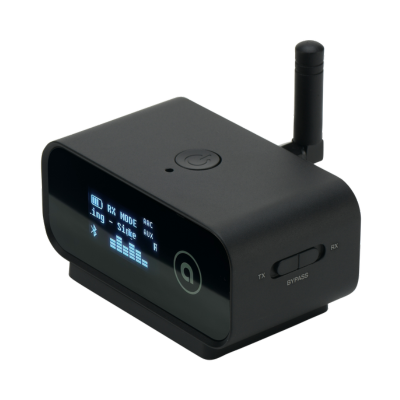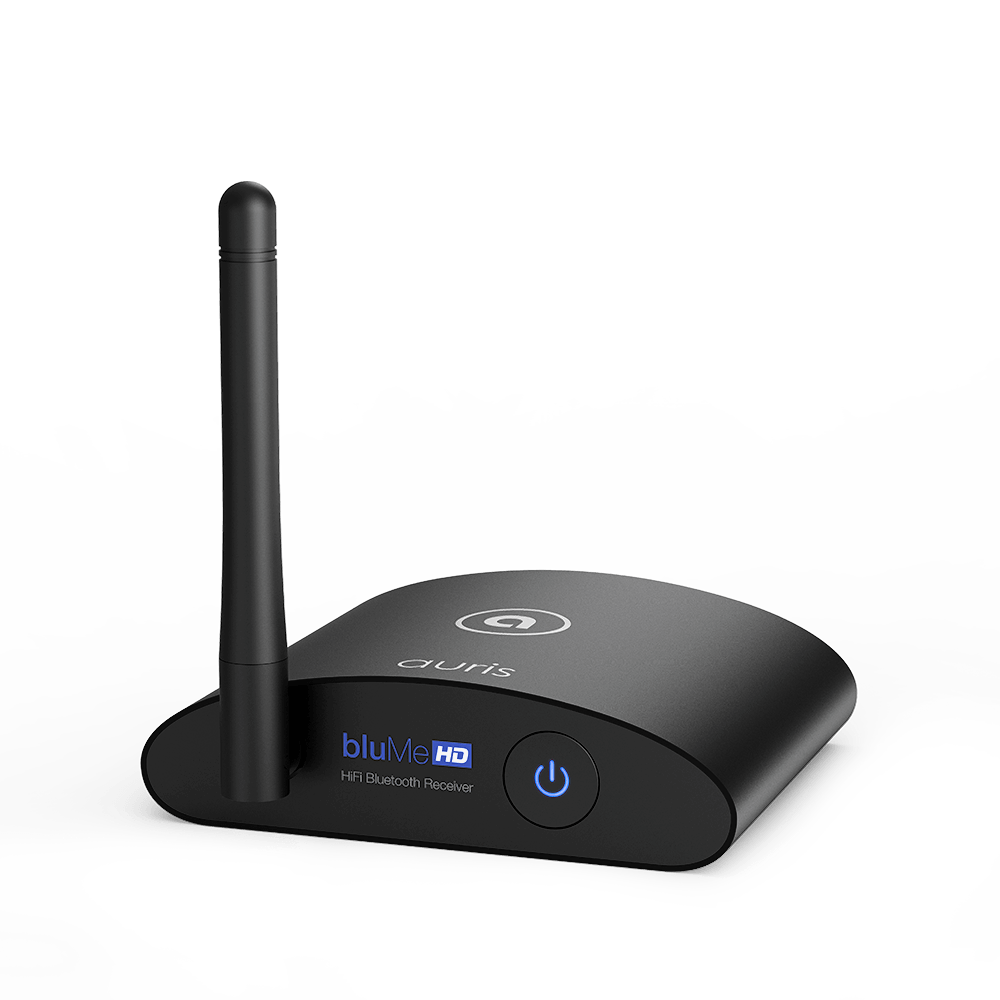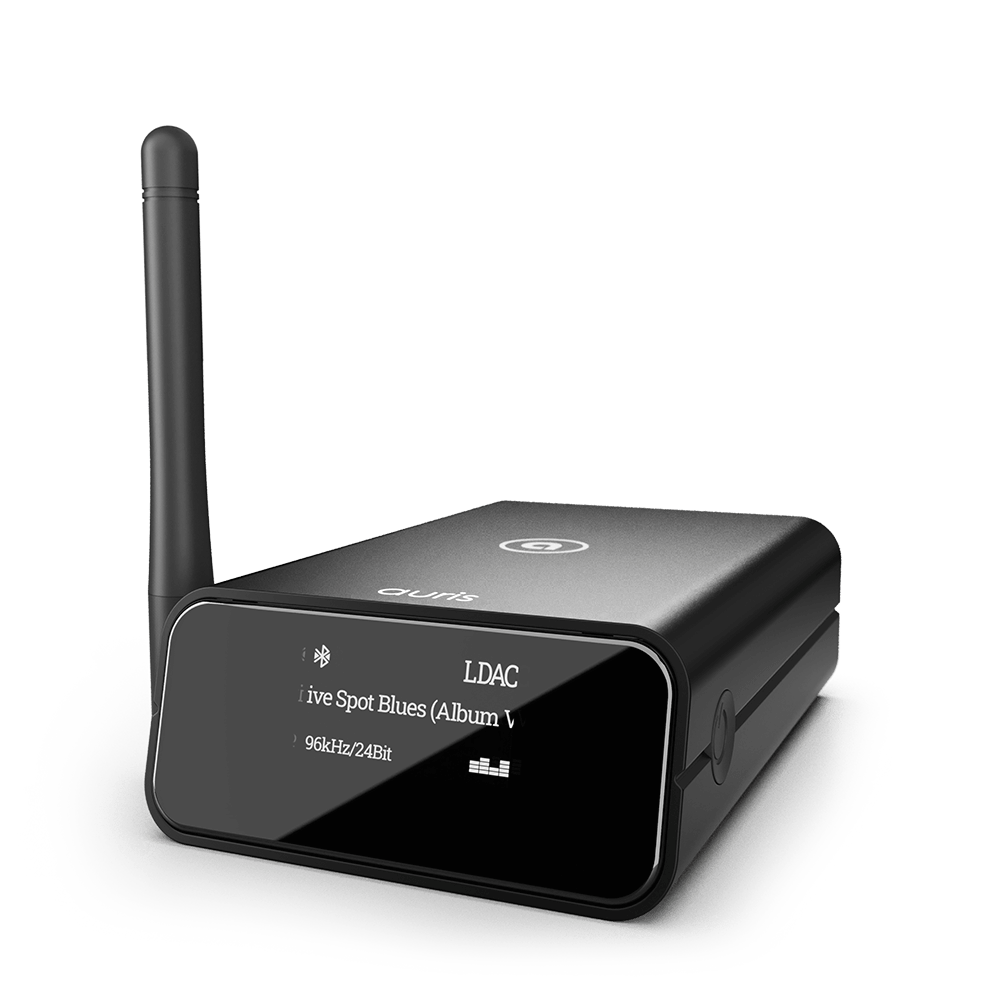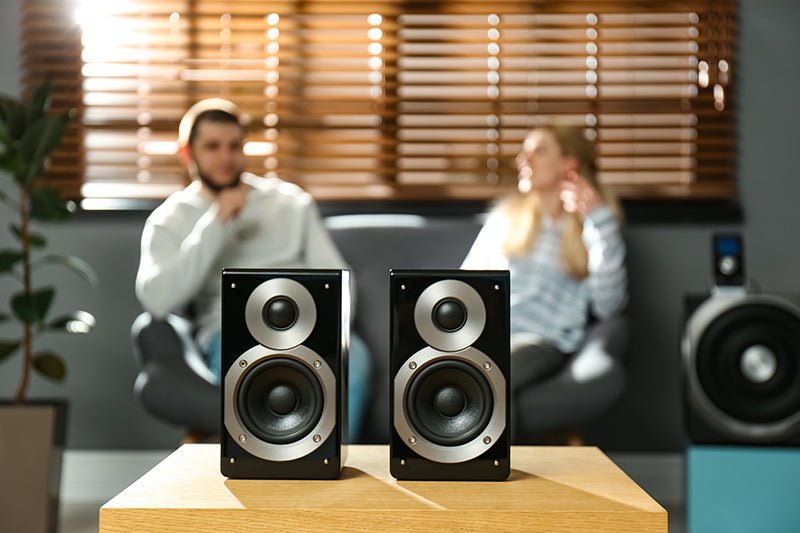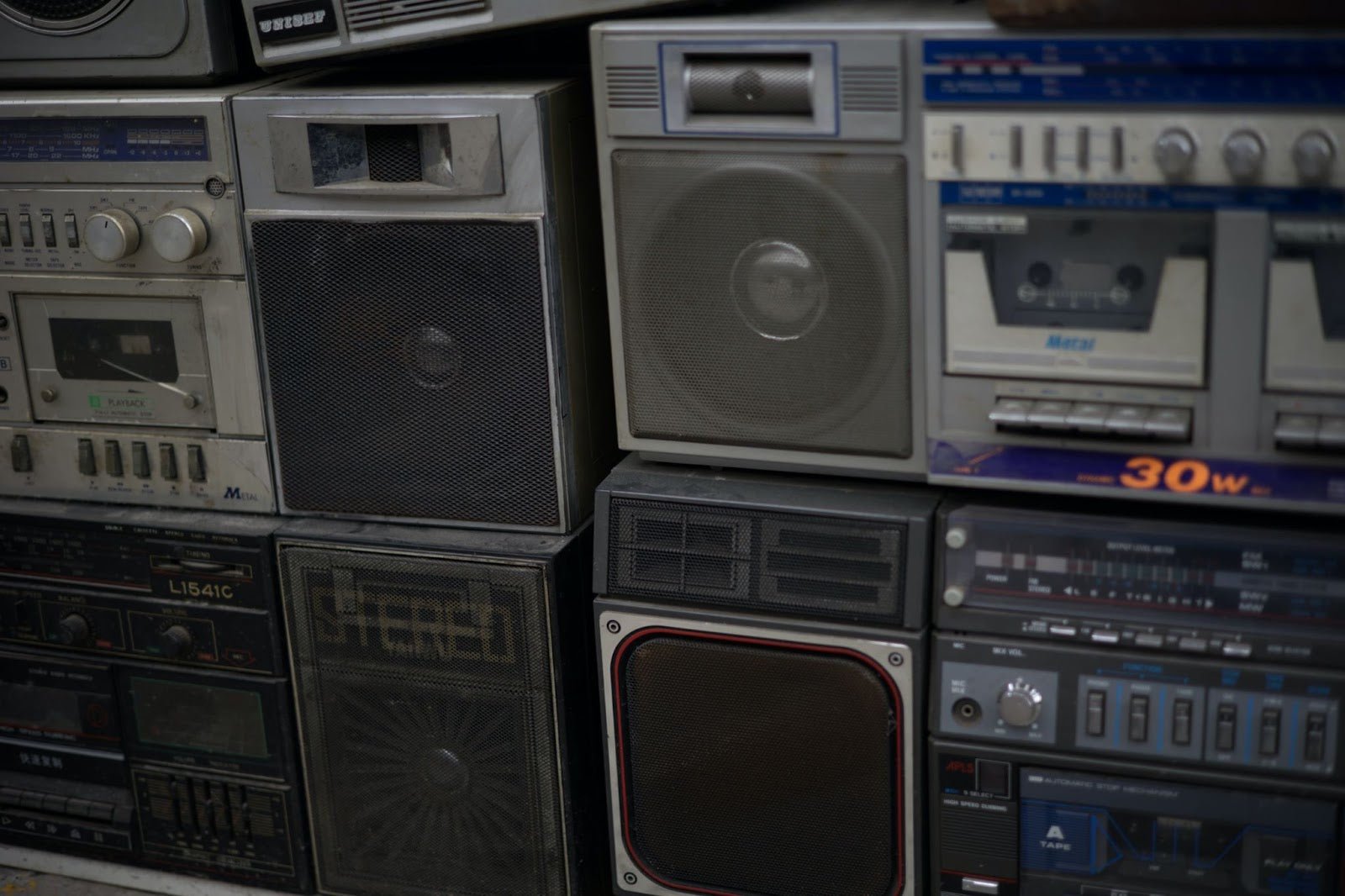
Technology is constantly changing and evolving. Everyone wants to make life easier, better, and cheaper. However, making something cheaper or newer can take away from some of its original charm.
Take vintage stereos, for example, magnificent in design during their day, but made obsolete by newer audio technology with less sound quality.
The 1970s was a huge decade for the audio industry and stereos in particular. The home HiFi sales had reached 32% of American homes by then. Even though the equipment back then was built to last, nothing can outlast 50 years of technological advancements.
Many still have vintage stereo systems in their possessions, but they don’t work the way they used to. Audiophiles have resorted to using digital forms of audio output, but they know that it’s not the same experience.
Luckily, Bluetooth is reviving vintage stereos like never before.
The Design of Vintage Stereo Systems
Vintage stereo systems were made with a lot of power and electrical current capability. Many people prefer the mild distortion that comes from older equipment, as it leads to a pleasant quality to the music.
More recently, manufacturers have saved money on producing audio equipment by cutting quality in the receiver’s amplifier sections.
Different Types of Home Audio Systems Through the Decades
In the past century,vintage home audio has undergone several technological advancements.
During the 1920s, record players made it possible to preserve music and revisit it at any time. In the 1930s, home radio revolutionized the way people consumed music and other types of entertainment. It was the first mass medium for the U.S and broadcasted 599 stations.
In 1958, Hi-Fidelity receivers arrived and increased the quality of home-audio. The first stereo receiver stuffed a radio tuner with wider FM bandwidth. Component stereo systems in the 1980s combined turntables, speakers, and receivers into one.
Boomboxes in the 1990s created louder and more dynamic audio for listeners. It became a staple of pop culture during this time and was the main attraction of any party.
Then came wireless speakers in the 2000s. This is where Bluetooth technology came into play, and people discovered the benefits of an audio system without any wires.
Today, we have smart speakers that can be enabled with a simple voice command. The technology keeps getting better, but it’s difficult to keep up with the quality that audio needs in order to sound crisp.
How To Fix Low Quality or Older Audio
If it’s an older stereo system on its last legs, there may be another solution to just throwing it away.
Bluetoothreceivers have the power to give you high-definition digital music through your existing Hi-Fi audio system. Instead of buying completely new audio equipment to listen to your favorite music, you can breathe new life into your vintage stereo with a Bluetooth audio receiver.
Bluetooth receivers can also be useful for older car stereos that aren’t compatible with Bluetooth devices. This allows you to stream music from your phone through your car’s speakers without any cords.
What Is Bluetooth Technology?
Bluetooth is a wireless technology that allows you to transfer data between devices. It uses wavelength to allow devices to transmit and receive information, but only when they are close to each other.
Bluetooth is also secure due to the technology it uses. These receivers and transmitters constantly change frequencies several hundred times per second.
Bluetooth technology is most commonly used for audio, but that’s not all it can do. Bluetooth also has the ability to transmit other information and share small files. This is the technology utilized by Apple for AirDrop.
Bluetooth vs. Wi-Fi
Wi-Fi uses radio waves, just like Bluetooth, except it also utilizes a wireless router. Wi-Fi has a broader range than Bluetooth does, so it is more useful for long-range situations.
Some get Bluetooth and wi-fi confused; however, they are not the same thing. They serve similar functions, but the difference is that Bluetooth doesn’t require internet access to work.
Both Bluetooth and Wi-Fi are considered to be a part of the Internet of Things or IoT. This refers to smart devices that have Wi-Fi or Bluetooth capabilities.
Bluetooth Receivers
You don’t have to sacrifice the sound quality of your stereo while using a Bluetooth receiver to play it. Bluetooth technology of today allows you to receive 48KHz/24-bit audio and has been engineered to improve the signal-to-noise ratio, resulting in lower background noise. It also preserves the sound data through audio transmission.
Bluetooth receivers take in a signal to stream audio from a non-compatible Bluetooth device. It can attach to your favorite analog system and allow you to send your favorite songs from your device to your speaker.
This can make any audio system, including a vintage stereo, wireless. You can get the sound you desire from an analog device while experiencing the benefits of modern-day technology. It’s like the best of both worlds.
Bluetooth transmitters are a little different than receivers. They transmit Bluetooth signals so you can control a device from your smartphone. They connect a device’s digital or analog output to Bluetooth devices through the air.
Analog vs. Digital
Older, more vintage devices tend to use either analog or digital signals to produce sound. Analog devices transmit sound through an analog signal. It records precisely to give you the clearest possible sound. It has high-fidelity sound reproduction and is highly enjoyed by audiophiles everywhere.
Digital devices, on the other hand, capture binary codes of a sound that reflect the sound’s intensity. This happens at certain frequencies and pitches to deliver amazing sound quality.
Bluetooth uses wireless transmission to communicate information through airwaves. Although this technology’s quality is slightly lower than digital or analog, it is still comparable to both. Bluetooth receivers are a way to turn any digital device into a Bluetooth-compatible one without sacrificing any of the sound quality.
Auris Bluetooth Receivers
The Auris bluMe HD Bluetooth 5.0Music Receiver with Audiophile DAC and aptX HD makes any audio system wireless.
It’s easy to set up and only takes seconds. There is no app or wireless router network required.
It features high fidelity Qualcomm aptX HD, aptX Low Latency, and AAC decoders. The Auris receiver also has an audiophile-grade 384kHz/32bit DAC for superior unsampled playback.
We use the latest Bluetooth v5.0 and audio chipset for a premium low-power solution to high-quality audio performance. The bluMe HD is integrated with MCU and a 120MHz DSP that allows support for 24-bit audio over Bluetooth. Our Low Latency technology also reduces latency down to less than 40ms.
The bluMe HD has special circuitry and a precision-tuned external high gain antenna to extend the wireless range. This helps to ensure consistent, stable, strong, and glitch-free performance for 100 feet. It also has two high-quality RCA jacks that operate as analog outputs.
Any audio system can connect to bluMe HD with the supplied RCA-FCA signal cable.
TheAuris BeamIt Wirelesscan act as both a Bluetooth receiver and transmitter. You can take the signal from your television, transmit it to a speaker, or take the signal from your smartphone and translate it into an analog signal.
It features Bluetooth 4.2 Qualcomm aptX audio codec support to provide distortion-free sound. It can even stream up to two devices at once.
The Takeaway
If you have a vintage stereo system, it can easily be revived with Auris technology. Our wide array of connectivity means that you can use it for pretty much any type of audio equipment from the last 40 years.
You don’t have to buy the newest tech to have the best possible experience. Simply adding an adapter to your existing system can make a world of difference for you and the rest of your home.
Sources:
Sound Advice: Modern vs. Vintage Audio Equipment | Telegraph Herald
Vintage Audio Buyer's Guide: Five Myths Busted. | by HiFi Setup | The Startup
